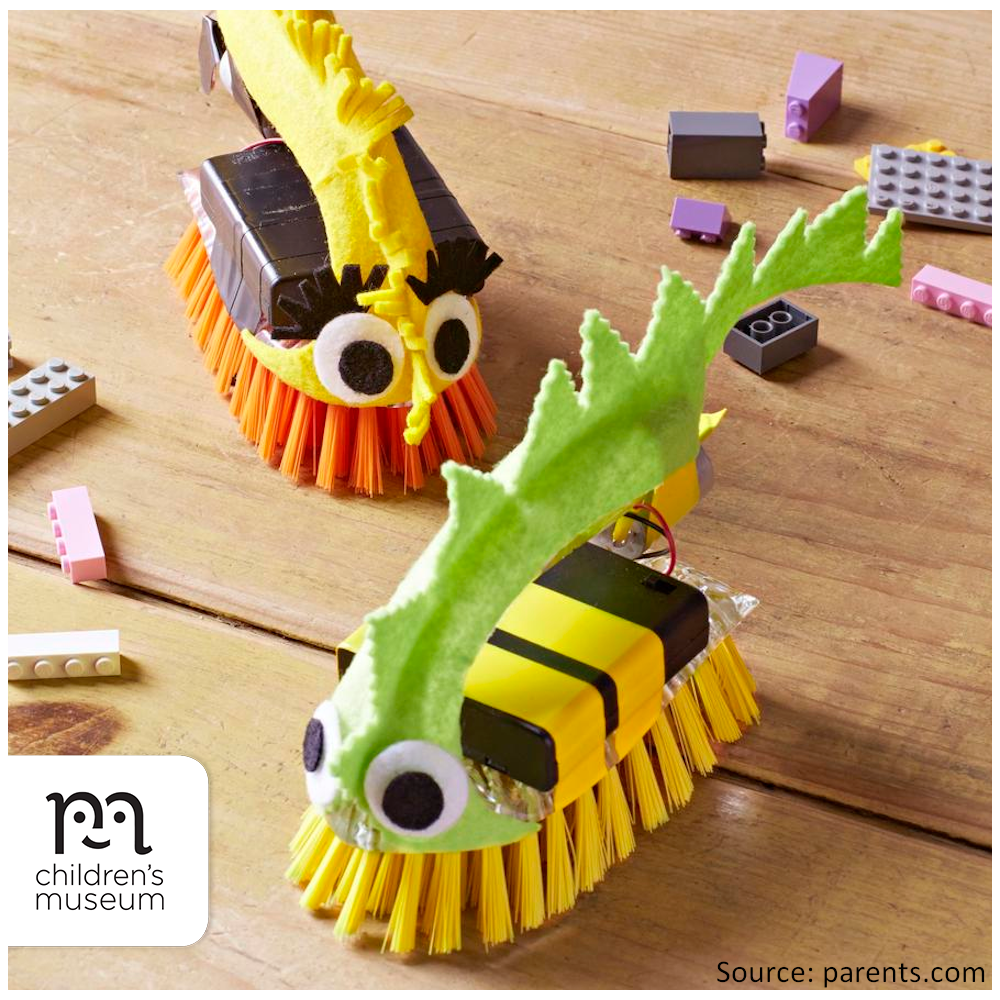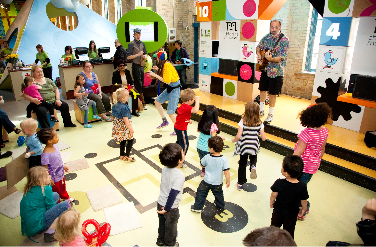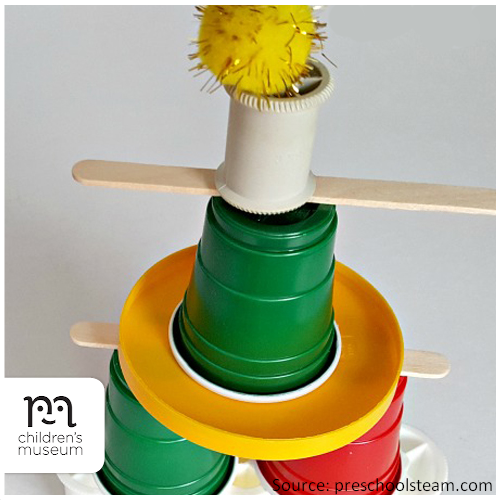
Source: babbledabbledo.com/science-engineering-kids-tensile-bubbles
Did you know you can make a square bubble? Learn structural engineering by building 3-dimensional bubble wands and making an inverted bubble cube that mimics a tensile structure.
Click here to learn more and to find instructions for making other bubble wand shapes.
Materials
- Straight straws
- Pipe cleaners
- Bubble solution
- Tall plastic container
Directions
- Cut your straws. First cut each straw in half, then cut in half again. You will get 4 straw sections from each straw.
- Thread a pipe cleaner through one straw and bend the end of the pipe cleaner to secure it at the end.
- Thread three more straws onto the pipe cleaner.
- Bend the long end of the pipe cleaner back to meet the starting point and twist the two ends of the pipe cleaner around each other. You will now have a square shape.
- Add three more straw sections onto the end of the long pipe cleaner.
- Thread the pipe cleaner through one of the adjacent straw sections.
- Add two more straw sections.
- Bend the shape to form two sides of a cube and thread the end of the pipe cleaner through one of the straw sections on the edge of the cube.
- Repeat the previous step to form another side to the cube.
- Add one final straw section to complete the cube. Thread the pipe cleaner through an adjacent straw section to secure the final shape. If desired, add a straight section of straw onto the end of the pipe cleaner to form a handle.
Now it’s time to make a square bubble! To make your square bubble, have a tall container full of bubble solution. Carefully dip your wand into the solution – some frothy bubbles will form on the top of the solution as the straws are submerged. You can scoop them away with a spoon. Now lift the wand out of the solution SLOWLY. You should see a bubble cube with multiple faces! If you don’t, dip the wand into the solution again until you get an inverted bubble cube.
Spark Creative Learning!
Tensile structures are formed when a material or cable is stretched and held in tension between two or more anchors. Think suspension bridges or shade sails. They are often used to make roofs or tents. Tensile structures themselves are not always suitable for carrying large loads but they are perfect for covering large areas with a minimal amount of material and are extremely light.
This square bubble has similarities to tensile structures because they are formed as the soapy solution is stretched both between the rigid edges of the wand and the joints that form in the bubble solution itself. For more examples of what can be done with tensile structures, be sure to check out the work of designers and architects Felix Candela, Antonio Gaudi, Santiago Calatrava, and Frei Otto.







